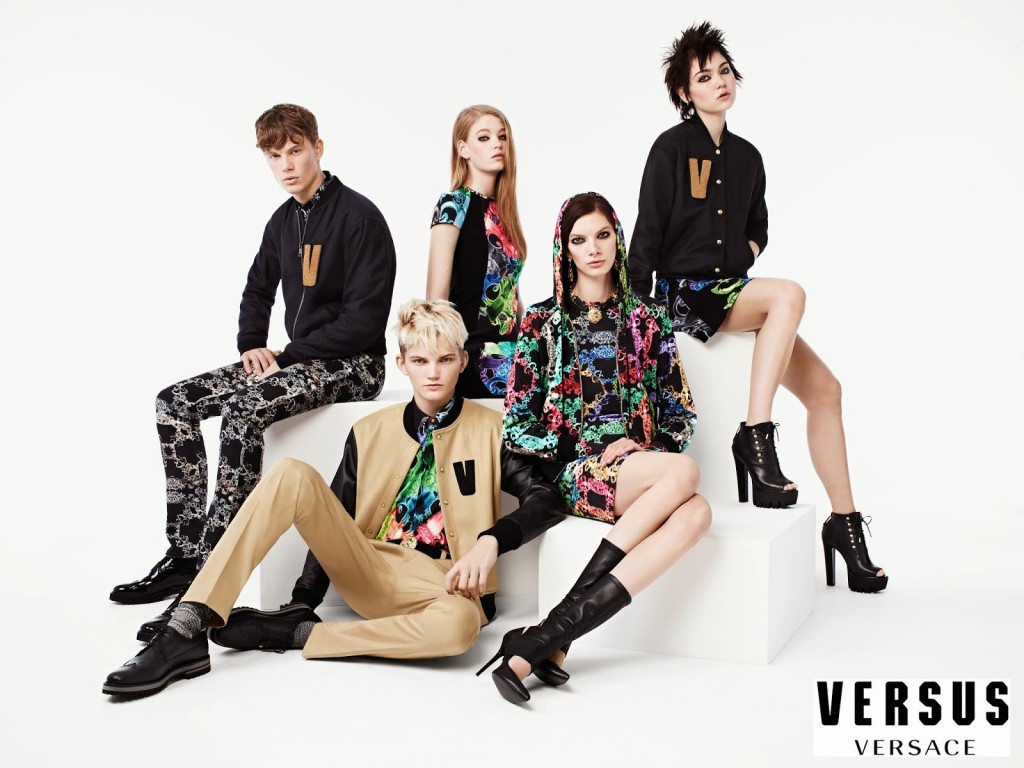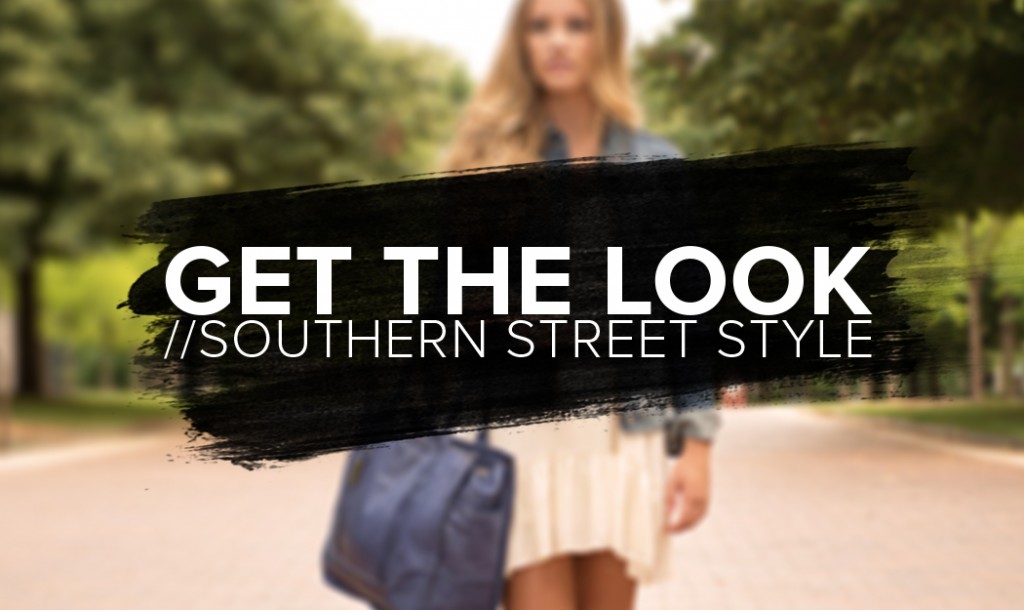
Email Marketing to a fashionable crowd is, for all intents and purposes, exactly the same as regular email marketing. Yet for many small fashion businesses, particularly fashion designers, stylists and brick and mortar boutiques, email marketing is no cakewalk. That’s because fashion has an inherent “cool” factor to it and with the permeation of Pinterest, Instagram, Snapchat, the resurgence of glossies like Mr. Porter and Vs Magazine and dominance of editorial farms like Refinery29 and Stylecaster, email just seems to be the epitome of uncouth. However, email is not going away and despite Generation Z’s claim to being the “App Nation”, email will likely continue being the pinnacle of digital communication for years to come. Moreover, companies like ASOS, Net-A-Porter and Nasty Gal are owning the email game as market leaders in the online retail industry. Of course, there is a reason these giants send so many emails as they are undoubtedly they are working to a large degree. So how can your small business with barely any time to manage day to day operations improve your fashion email marketing in three quick steps? Easy.
Know Your Audience and Their “Speak”

Knowing the audience goes far beyond the notion that you are aware of the age or gender of your target demographic. Generally speaking, every age group speaks differently with a group being about six to ten years. It’s safe to assume that 13 to 17 years old don’t have the same discussions and mannerisms of 25 to 34 year-olds and respond to messaging differently.
But age and gender aside, there are dramatic differences in interests and beliefs that segment audiences, usually based around cultural and life experiences. A 24-year-old female who has grown up in a big city reads very different from a 22-year-old suburban transplant to a rural town. These differences can be manifested by magazines they read, celebrities they follow, stores they frequent ( and frequently have access to ) and movies they love amongst a ton of other characteristics.
As a fashion entrepreneur, knowing your audience is key, but knowing how they speak is of equal importance. Internet Speech (lol, omg, FYI) and emojis are just two characteristics of newer types of messaging being regularly seen in email to certain demographics. Similarly, brands that stay on top of popular language can leverage this in email communication.
Use Aspirational, Not Inspirational Imagery

Photo Credit: Country Outfitter
Aspirational Imagery is a huge differentiation in email marketing and not to be confused with inspirational imagery. An aspirational image presents an ideal that a customer can achieve in a short time whereas an inspirational image presents what a customer admires or hopes to be in a long time. For example, an H&M email might show off a trendy new cardigan and the response would be, “OMG. That cardigan would look so cute on me. I have to get it”. That shows the consumer aspires to purchase the item.
Or consider a designer that creates stylish modern dresses based off of red carpet trends. Their goal is to make customers want the look because it will make them look like a certain celebrity. The goal, however, is not to make that consumer in such awe of the celebrity that they wouldn’t be able to pull off the look. Thus many brands craft images that are wholly aspirational, surrounded by messaging that indicates the consumer can “get this look” or “steal her style”.
Segment Your Messaging by Behavior
Email segmentation is nothing new and most brands, even smaller ones, have some degree of segmentation such as creating lists by source (tradeshow buyers vs. personal contacts) or even by date / time (October mailing list). While basic segmentation by demographics or other base characteristics is easy enough, it can definitely become complex quickly. Behavioral segmentation is no less difficult, but that data may be more readily available, as it’s based on trackable digital behavior.
A simple example of behavioral segmentation is breaking users into list based on email activity. Never opened an email? Send them a very aggressive subject line with a strong promotional offer. Click but never buy? Add them to a list for persons who might be open to discounts on their fave items. Always clicking on dresses and never anything else? This person probably should only be sent emails with dresses / skirts or sent outfits around popular styles of fun dresses. With any standard email client, you can look at elements such as viewability, clickability, open rates, time of opens, etc to segment lists based on behavior. Taking things a step further, tying these behaviors into personalized emails based on overall website trends is a great way to ensure emails are truly customized by behavior.
Improving email marketing for fashion brands take a bit of practice, a tab bit of luck, but a great deal of attention to detail. Understanding trends in user activity and who is opening which emails when is the first step to ensuring better communication with your customers. What are some of the strategies you have employed to improve email marketing for your brand?
Featured Image: Working Moms Against Guilt